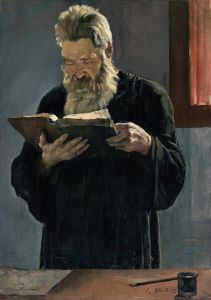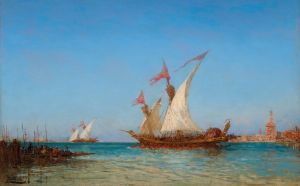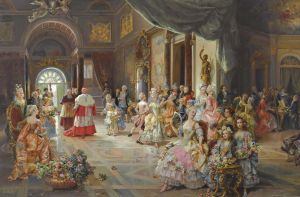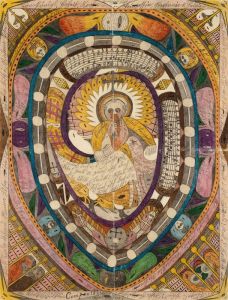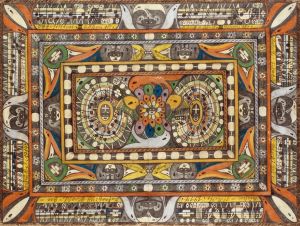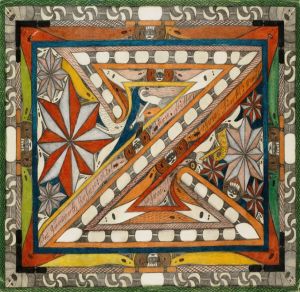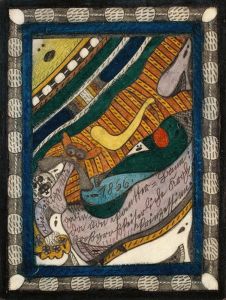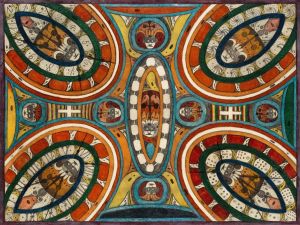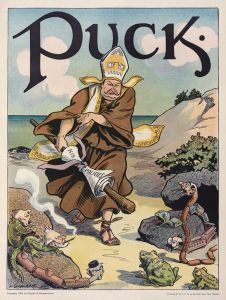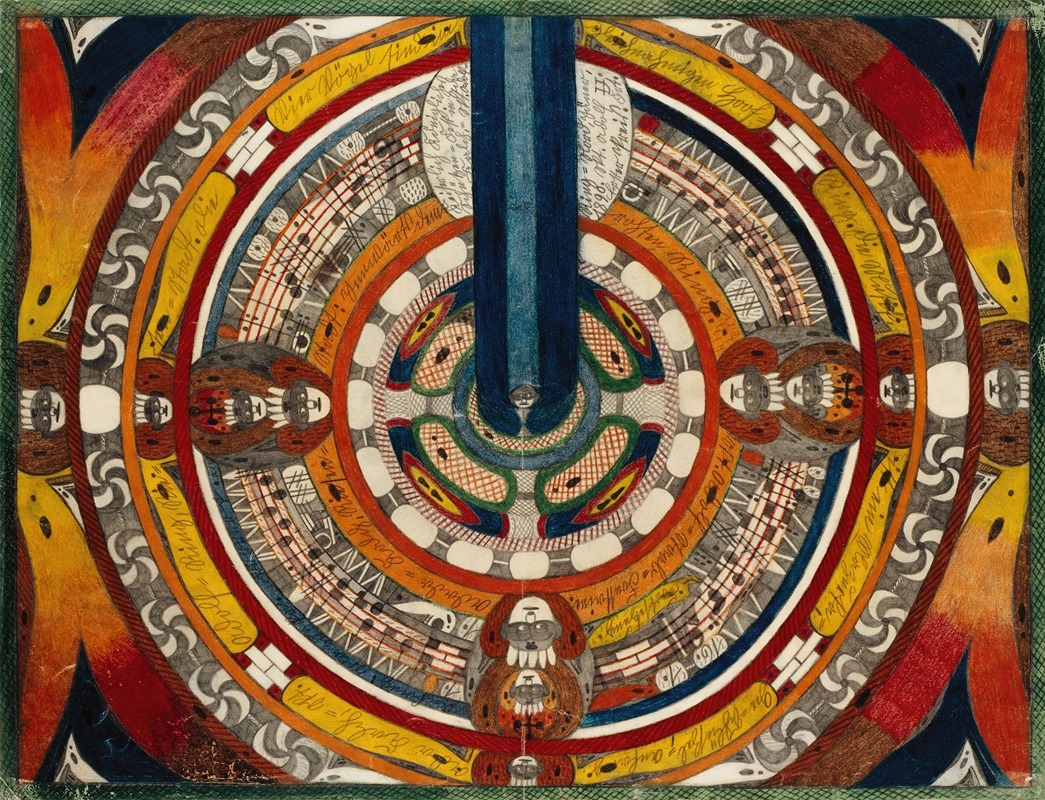
Keiserlich Königliches Schützen=Fest in Ada Kalch,=Skt. Adolf=Ring=Nord
A hand-painted replica of Adolf Wölfli’s masterpiece Keiserlich Königliches Schützen=Fest in Ada Kalch,=Skt. Adolf=Ring=Nord, meticulously crafted by professional artists to capture the true essence of the original. Each piece is created with museum-quality canvas and rare mineral pigments, carefully painted by experienced artists with delicate brushstrokes and rich, layered colors to perfectly recreate the texture of the original artwork. Unlike machine-printed reproductions, this hand-painted version brings the painting to life, infused with the artist’s emotions and skill in every stroke. Whether for personal collection or home decoration, it instantly elevates the artistic atmosphere of any space.
Adolf Wölfli (1864-1930) was a Swiss artist known for his intricate and highly detailed works, often created during his time in a psychiatric hospital. One of his notable pieces is "Keiserlich Königliches Schützen=Fest in Ada Kalch,=Skt. Adolf=Ring=Nord," which showcases his unique style and complex imagination.
Wölfli was born in Bern, Switzerland, and had a troubled childhood marked by poverty and abuse. After a series of personal difficulties and criminal behavior, he was institutionalized at the Waldau Clinic in 1895, where he spent the remainder of his life. It was during his time at Waldau that Wölfli began to create art, producing an extensive body of work that includes drawings, collages, and writings.
"Keiserlich Königliches Schützen=Fest in Ada Kalch,=Skt. Adolf=Ring=Nord" is part of Wölfli's larger oeuvre, which often combined visual art with text. His works are characterized by their dense, repetitive patterns and the incorporation of fantastical elements. Wölfli's art is often described as "Outsider Art" or "Art Brut," terms used to describe art created outside the boundaries of official culture and often by self-taught artists.
This particular piece, like many of Wölfli's works, features a complex composition filled with intricate details. Wölfli's drawings often included imaginary maps, musical scores, and elaborate narratives, reflecting his inner world and the stories he created to make sense of his experiences. His use of vibrant colors and meticulous patterns creates a sense of movement and energy, drawing the viewer into his fantastical universe.
Wölfli's work remained relatively unknown during his lifetime, but it gained recognition posthumously, particularly through the efforts of psychiatrist Walter Morgenthaler, who published a monograph on Wölfli in 1921 titled "Ein Geisteskranker als Künstler" ("A Psychiatric Patient as Artist"). This publication helped to bring Wölfli's work to a broader audience and established him as a significant figure in the field of Outsider Art.
Today, Wölfli's art is celebrated for its originality and emotional depth. His works are held in various collections, including the Adolf Wölfli Foundation at the Museum of Fine Arts in Bern, which houses a significant portion of his oeuvre. "Keiserlich Königliches Schützen=Fest in Ada Kalch,=Skt. Adolf=Ring=Nord" exemplifies Wölfli's ability to transform his inner turmoil into a rich and imaginative visual language, offering insight into the mind of one of the most remarkable self-taught artists of the 20th century.







